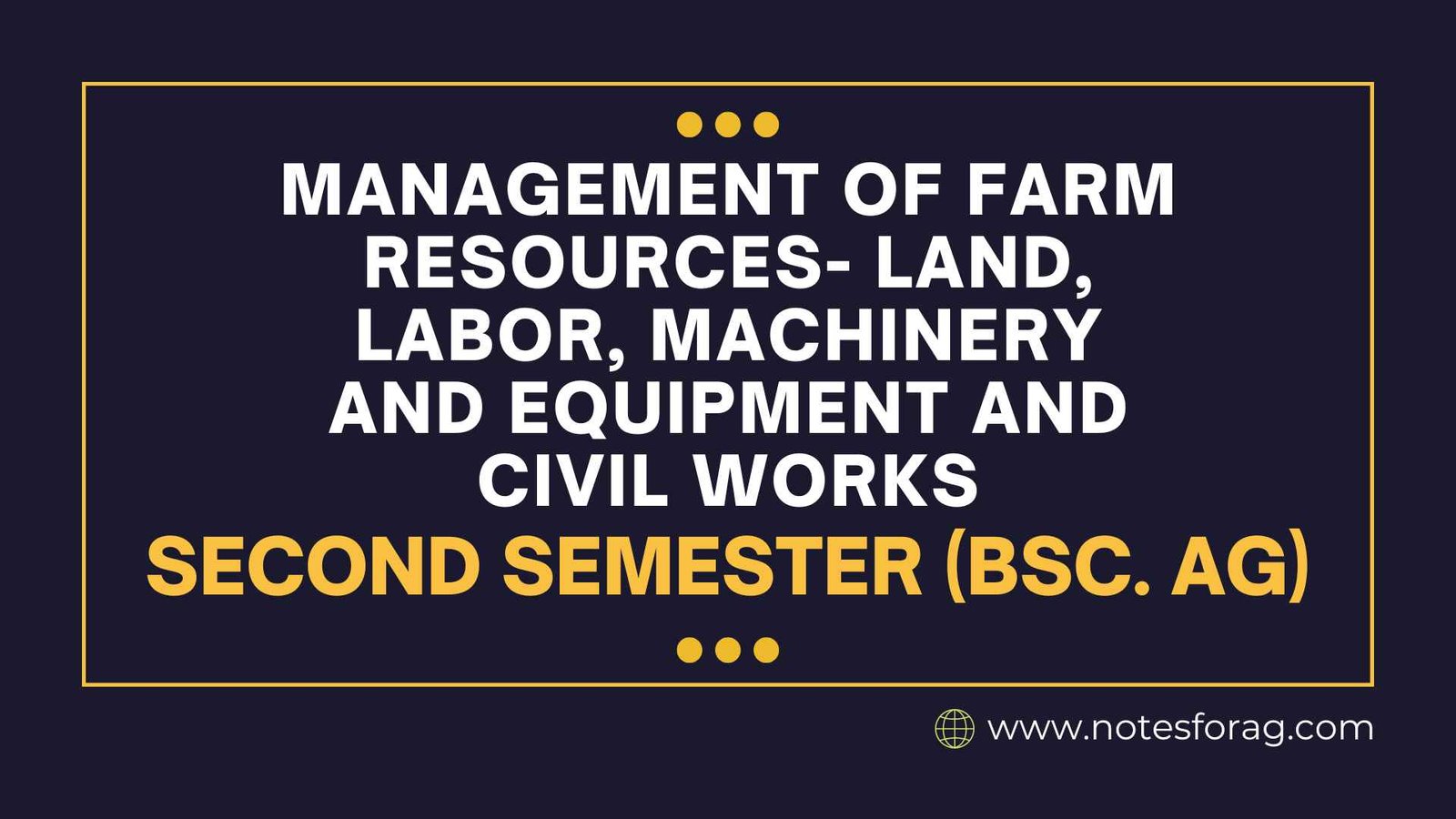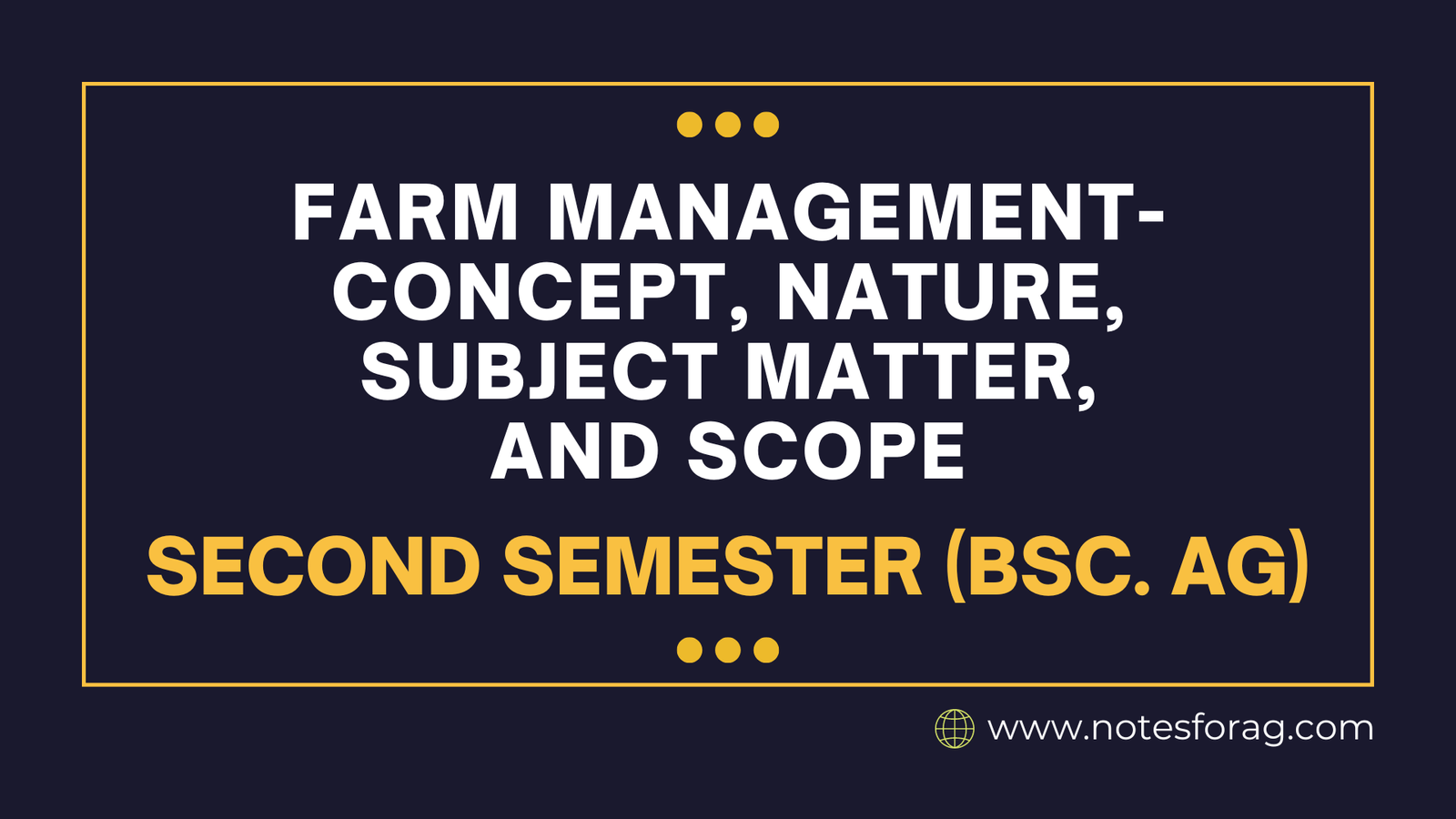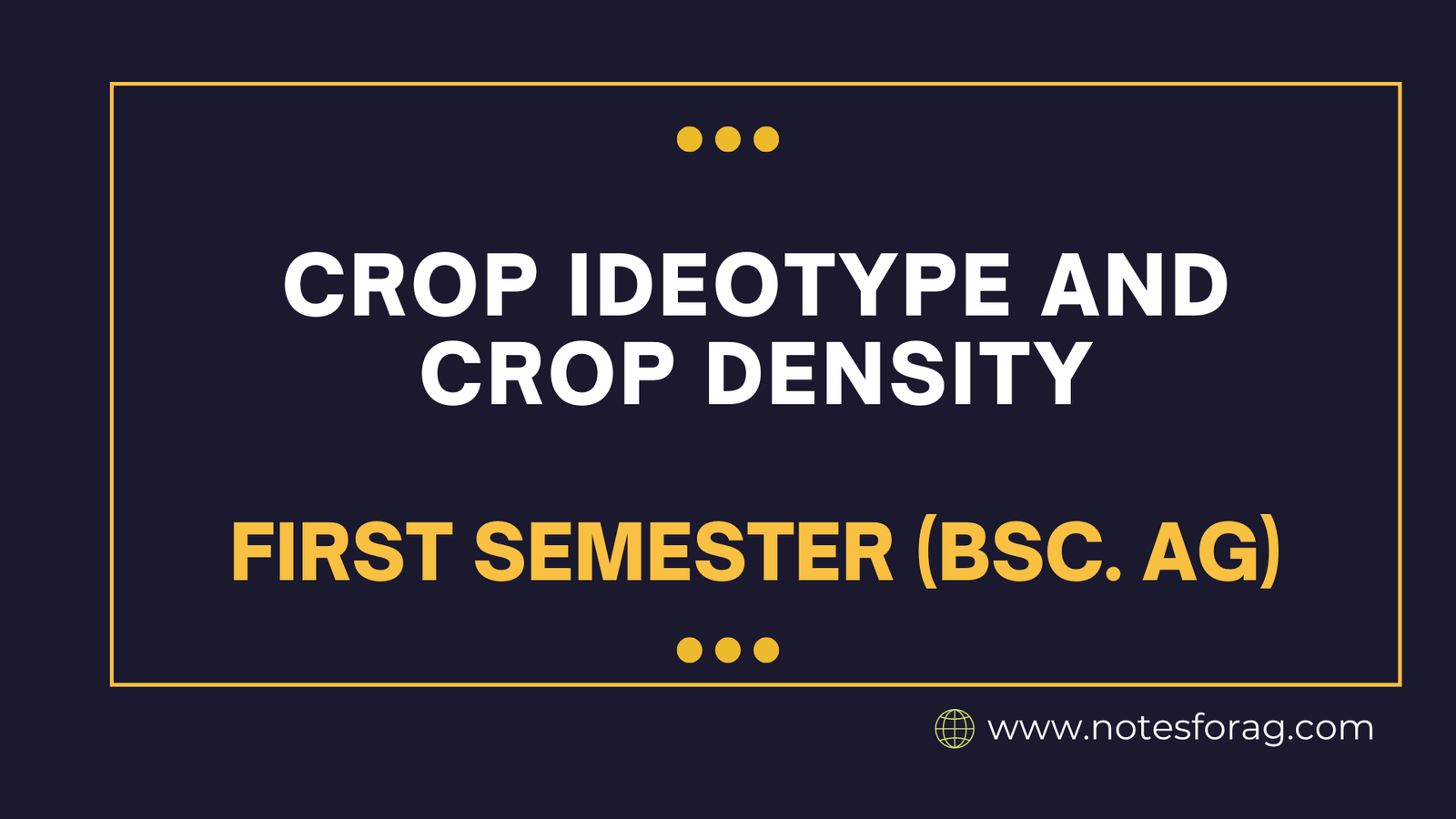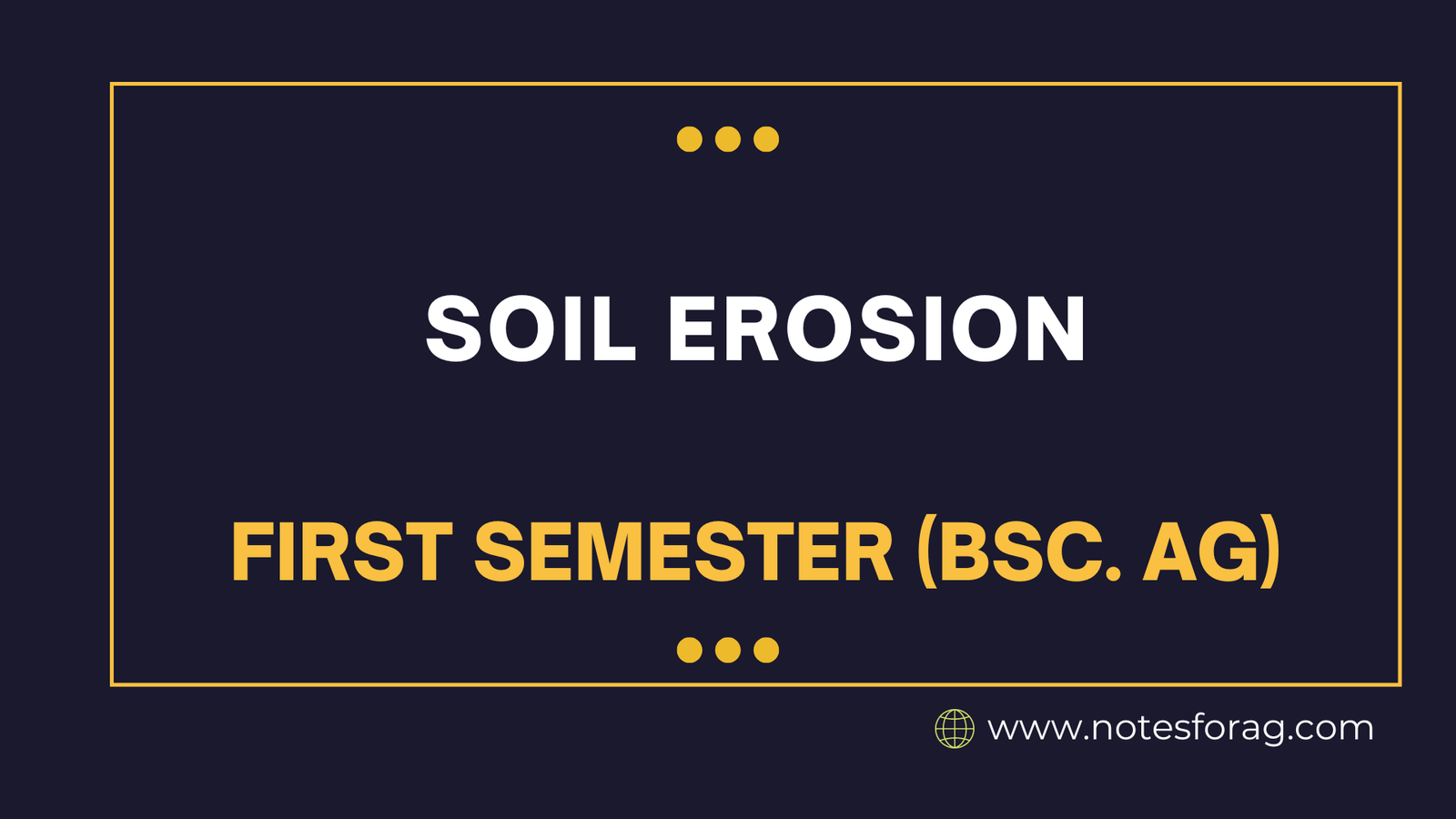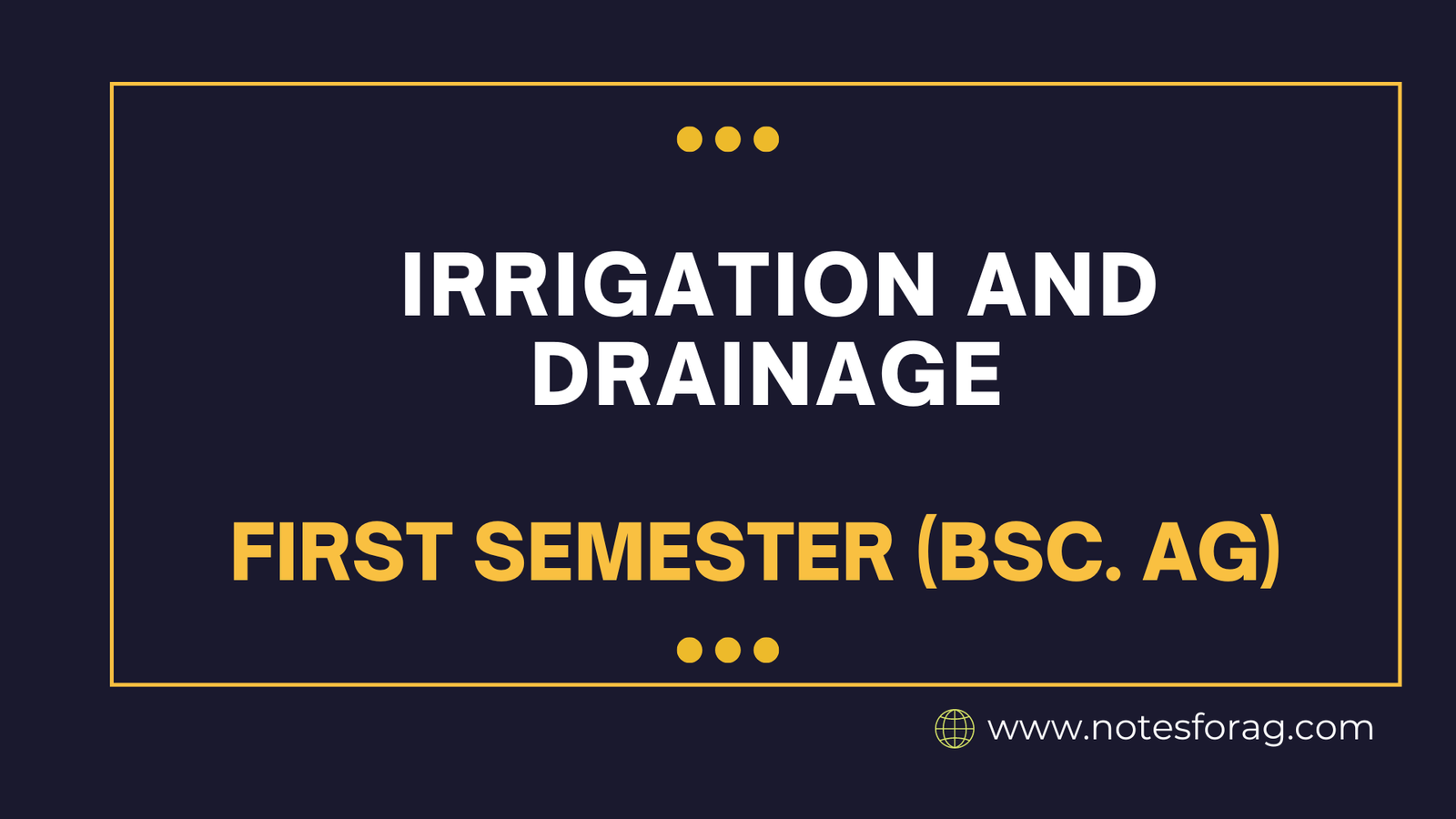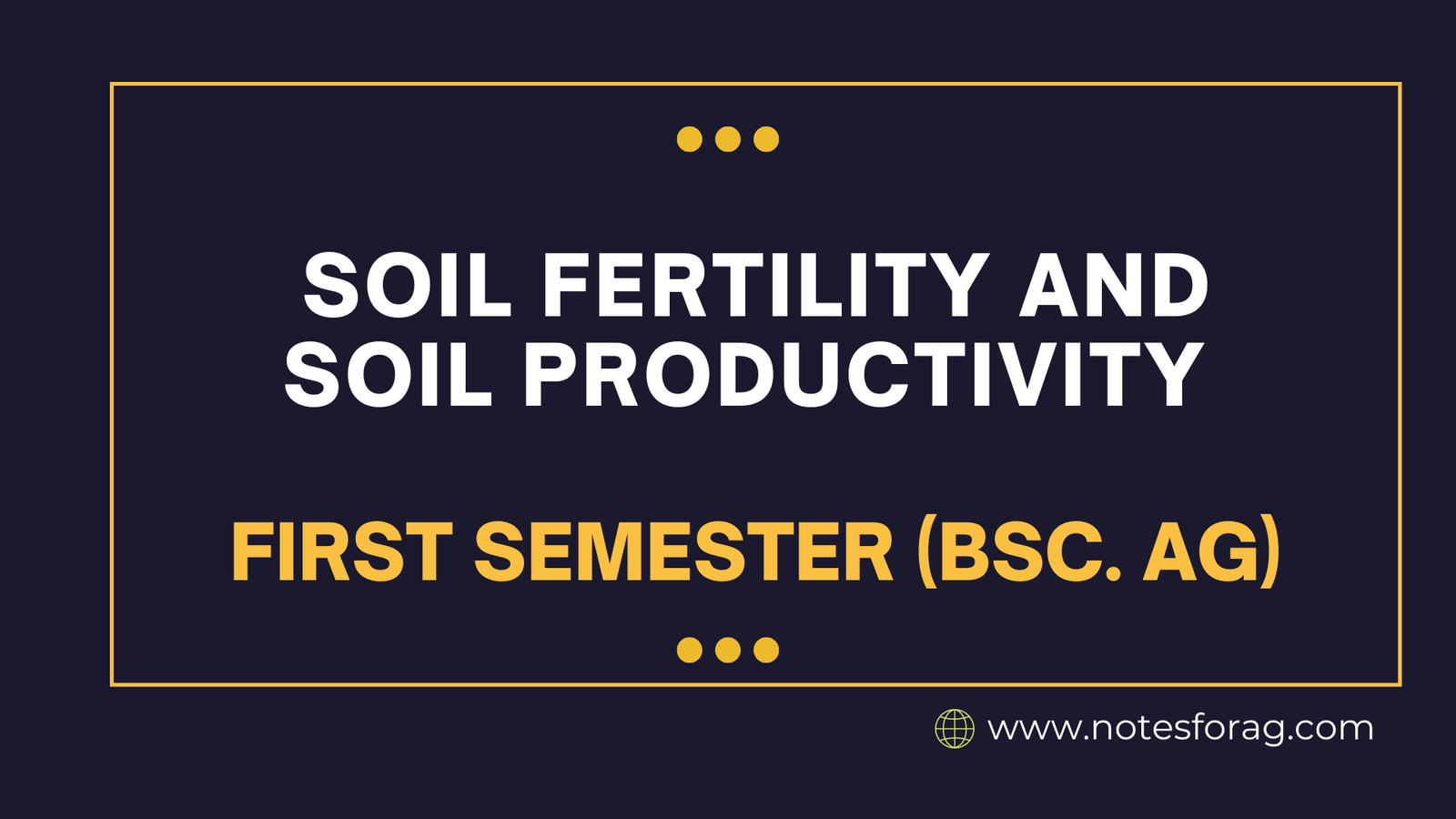Management of farm resources- land, labor, machinery and equipment and civil works
Agricultural productivity and sustainability in Nepal can only be optimised through efficient management of farm resources, including land, labor, machinery and equipment, and civil works. While effective labor management emphasizes skill development and mechanization to lessen reliance on manual labor, proper land management incorporates consolidation and soil conservation techniques. Operating efficiency is increased by having … Read more

